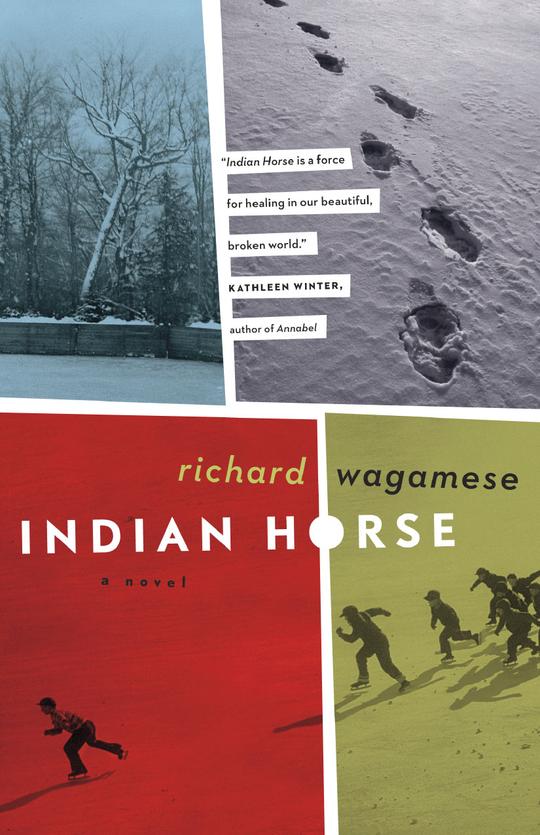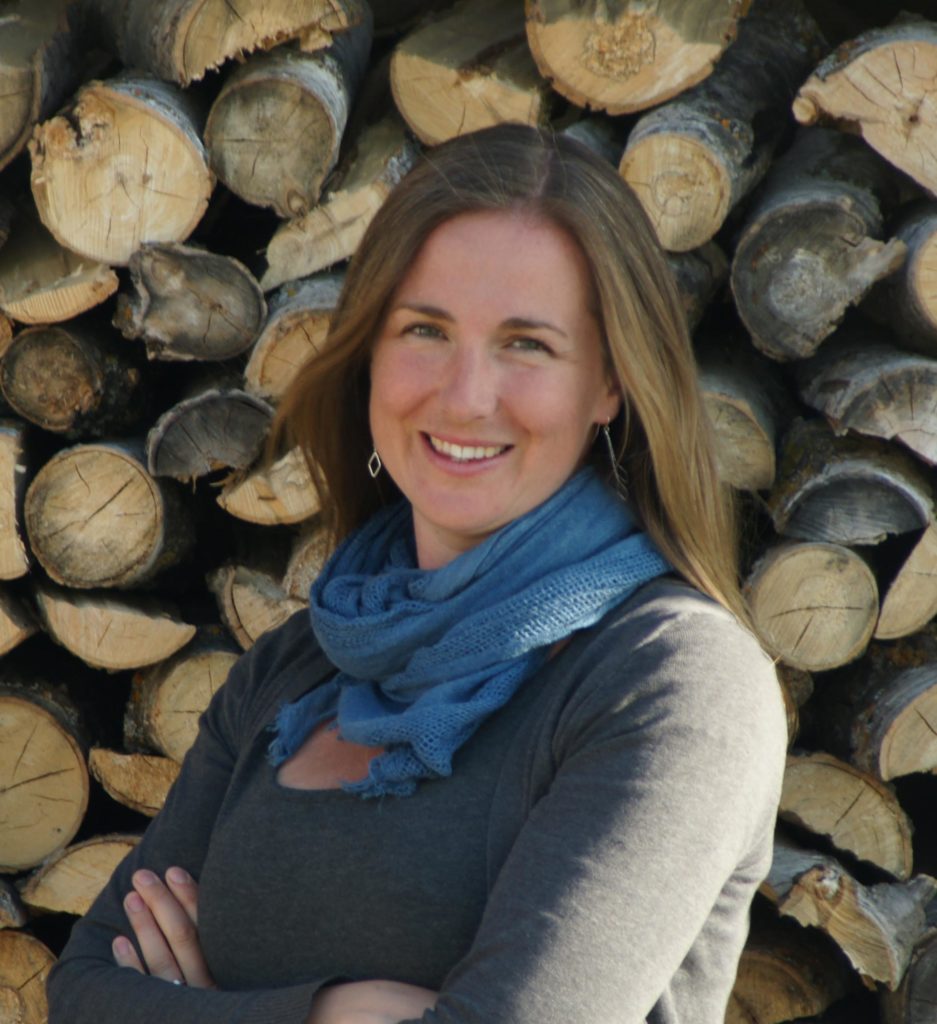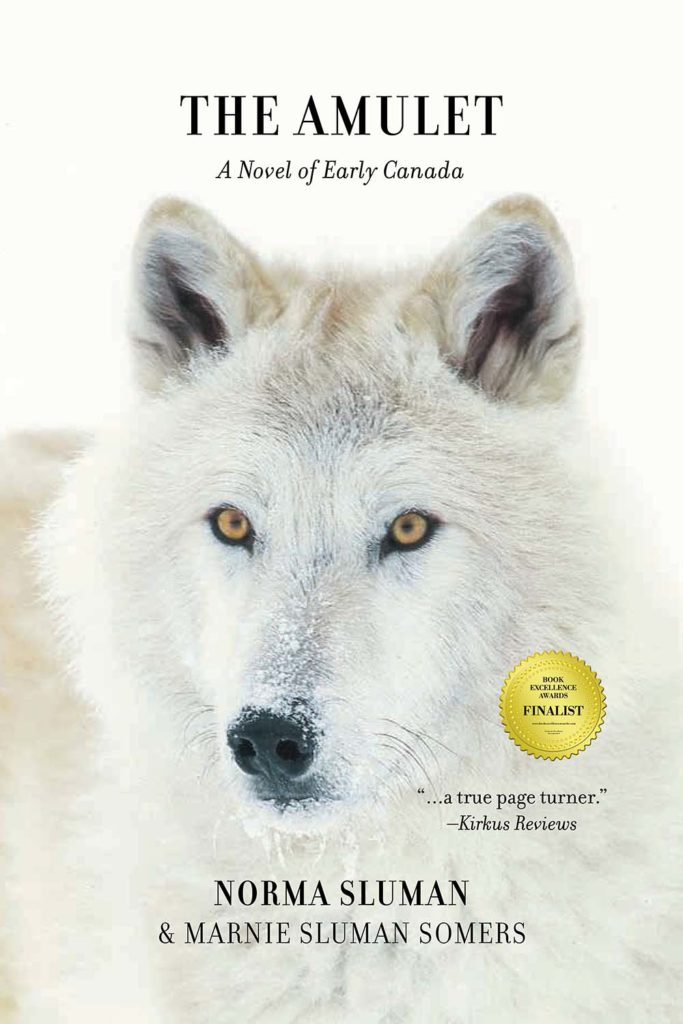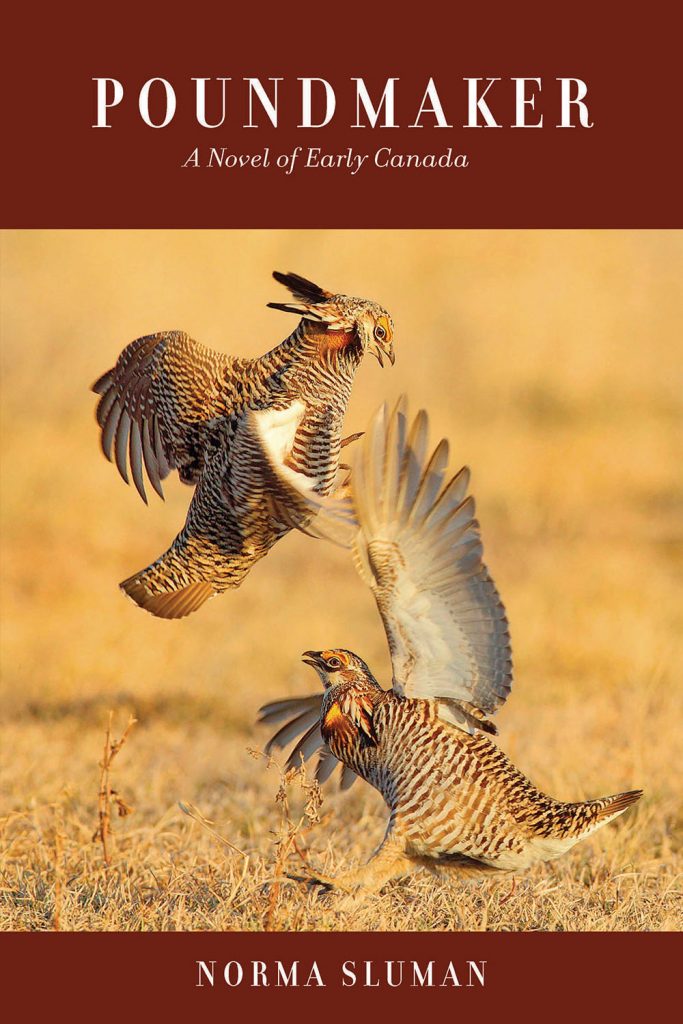
Scenes are the building blocks of story. Even if you don’t think about your story in scenes as you’re writing it, you’re still using them. Every time you write you set a scene for your readers—you craft the setting, you arrange the characters, and something happens. Switching up the way you think about your story by breaking it up into scenes can help you see it differently. It’s a great way to make your plots more moving, your characters more relatable, and your stories more readable.
Here’s a scene from one of the most powerful books I’ve ever read, Indian Horse by Richard Wagamese:
When I hit the ice I left all of that behind me. I stepped onto the ice and Saul Indian Horse, the abandoned Ojibway kid, clutched in the frozen arms of his dead grandmother, ceased to exist.
Father Leboutilier loved the game more than anybody. When he coached us or watched the televised games, he lost the solemn priestly facade and became a boy again, licking his lips in anticipation. His relish was infectious. So it didn’t surprise me when he began to show up at my early morning solo practices. He’d wait until I had scraped the ice clear and done my warm-ups, then lace up his own skates and join me. During those sessions I learned how to transfer what I could see in my head into my feet and my hands.
Father Leboutilier taught me how to take a pass on my backhand without looking then switch it to my forehand to take a shot. He taught me how to snap off wrist shots like rockets with fast passes he fed me from behind the net. I learned how to fire accurately off either foot while still in motion and he showed me how my skates could help me handle the puck on the attack. As I demonstrated each new technique, each step up in understanding, the delight on his face was my reward.
“Hockey is like the universe, Saul,” he said one day. “When you stand in the dark and look up at it, you see the placid fire of stars. But if we were right in the heart of it, we’d see chaos. Comets churning by. Meteorites. Star explosions. Things being born, things dying. Chaos, Saul. But that chaos is organized. It’s harnessed. It’s controlled. What you can’t see under all the action, the speed, the mayhem, is the great spirit of this game. That’s what makes you so extraordinary. You have that spirit within you.
We’re going to look at this scene as an example and explore ways you can check your own scenes to make your writing better.
Pick a scene you’ve written and follow along. If you’re not sure what a scene is, it’s a piece of writing in which something happens. Breaking your writing up into workable scenes can be a bit complicated. There can be short scenes and long scenes, sometimes they kind of blend together, sometimes there are mini scenes within larger scenes. My advice to get you through this is don’t overthink it. Do what feels right to you. You’re breaking your writing into chunks so YOU can work on it. It doesn’t matter if someone else agrees with you about your scene divisions, probably no one else will ever know about them. So grab chunk of writing that feels like it falls into a little clump and ask yourself these questions about it:
Is this scene necessary?
What happens to the story if you take this piece out? Does anything change? Will it be missed? If it doesn’t make much difference you should seriously consider cutting it. Every scene should be there for a reason. If you don’t know why it’s there your reader probably doesn’t either and it’s likely taking away from your story.
Does this scene move the plot forward?
Something important to the story needs to happen in every scene. Something needs to change, or happen, or move.
In our scene from Indian Horse we see Saul beginning to transform from “Saul Indian Horse, the abandoned Ojibway kid” into the hockey player he becomes. Wagamese gives this transformation life and form by showing Saul learning and practicing and exploring his feelings about his own transformation. If your scene doesn’t have this kind of movement take it out. If you’re attached to the scene you might be tempted to try to add this movement honestly, if nothing important to the plot happens in it, why is it there?
Does this scene demonstrate character?
Notice that I said “demonstrate” not “explain”. What you want is to see your characters doing things that illustrate the kind of people they are.
We can see that Saul is self-motivated, determined, strong-willed, and willing to learn because we see him getting up early to practice and drill on his own. Wagamese didn’t tell us that, he showed us.
This moment when you explore how your characters do things in a scene is a great way to add depth and realism. There are all kinds of ways a person can do a thing. The choices they make, why they make them, the little bits of body language that come across, and the things they say while the action is happening, all those things add more to your story.
Does this scene develop character relationships?
Always take the opportunity to develop the relationships between characters in a scene. Even if the function of the scene has nothing to do with the relationship between characters adding tension or ease or growth to the relationship between between your characters makes your readers more invested in them as people.
Wagamese could have shown Saul practicing on his own in this scene—he does say that he practiced alone. He could have focused this scene on some of those lone practice moments. The plot movement of Saul’s transformation still would have been there and we still would have seen that Saul is a determined, self-motivated person. But the addition of Father Laboutilier is what makes this scene powerful and moving and emotional.
Ask yourself, how can I develop relationship in this scene? If your character is alone what happens if you add another person? If there’s more than one person how can you demonstrate the relationship between people in the way they interact, the things they focus on, the choices they make?
There is so much more to say about scenes. I’ll be back next week with more tips on using scenes to rework your stories. Until then let me know how it goes! I’d love to hear from you.
I’m writing with you,
Laurie

Laurie MacNevin, HF Associate Editor
Laurie is an editor, writer, and researcher. Her deep love of stories led to an Honours degree and a Master’s degree in English Language and Literature from the University of Windsor. Originally from Southern Ontario, Laurie has lived in Manitoba for more than ten years, exploring the stories, landscape, plants, and people of some of the most remote parts of the province including three years in Churchill and two years in God’s Lake Narrows First Nation. Laurie and her family now live on an acreage outside of Carberry.
Not a member of our FREE Book of the Month Club yet? What are you waiting for?
Want a chance to win a free book written by a different Canadian author? Join our Free Book of the Month Club! Every month we review a book by a Canadian author and give it away to one of our email subscribers. Our goal is to share the work of other Canadian authors to help readers find other writers.




